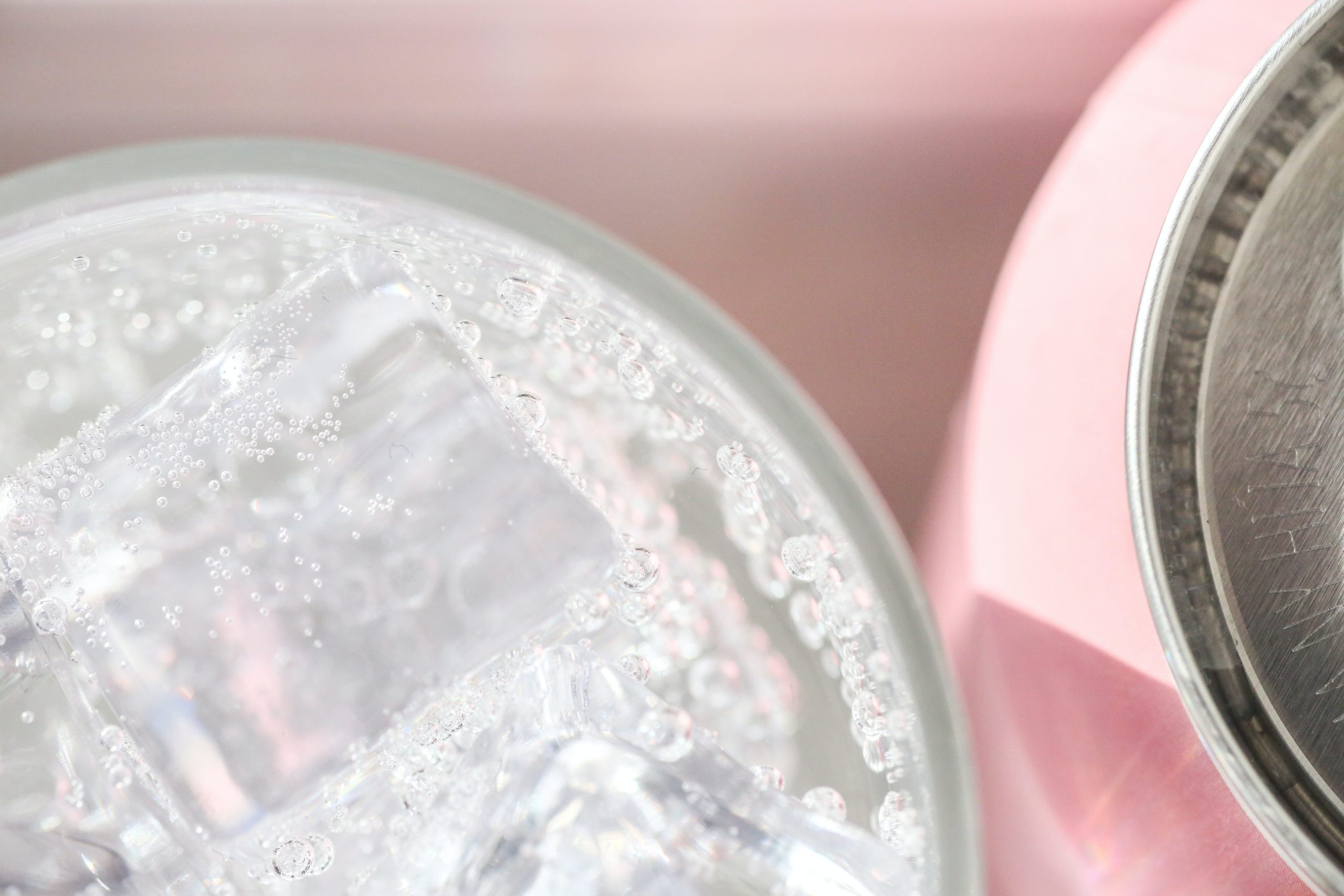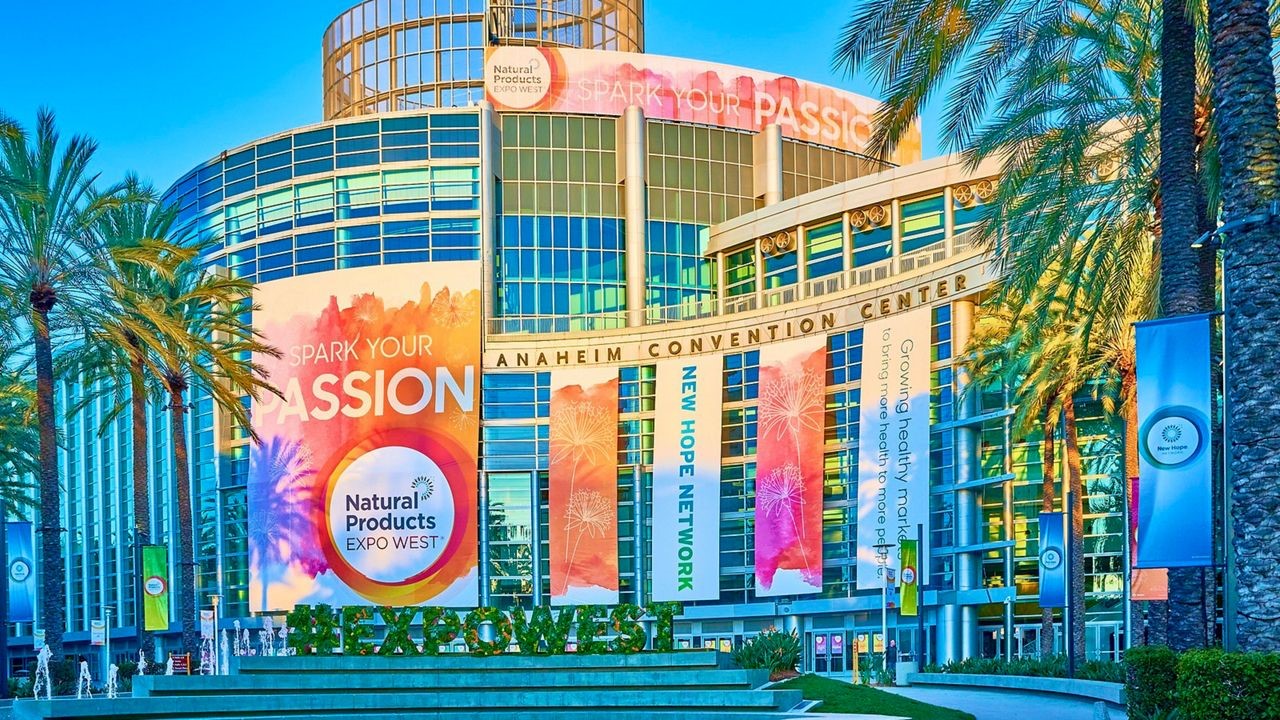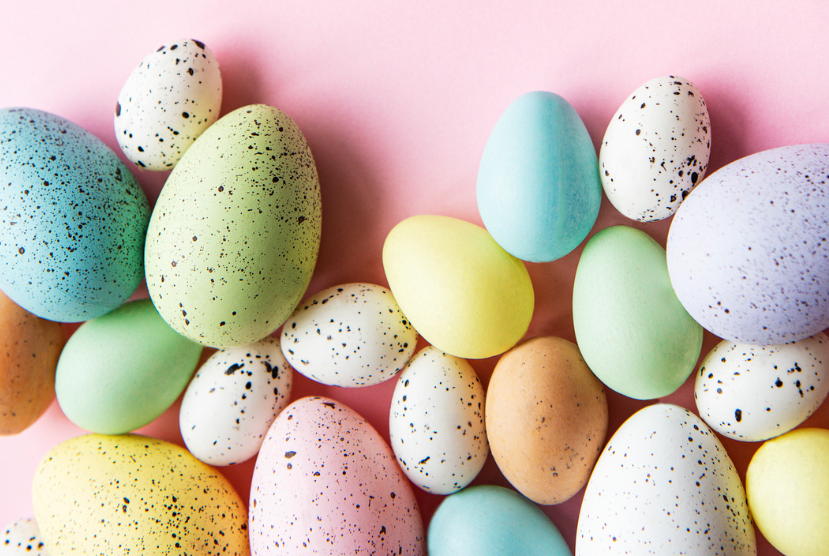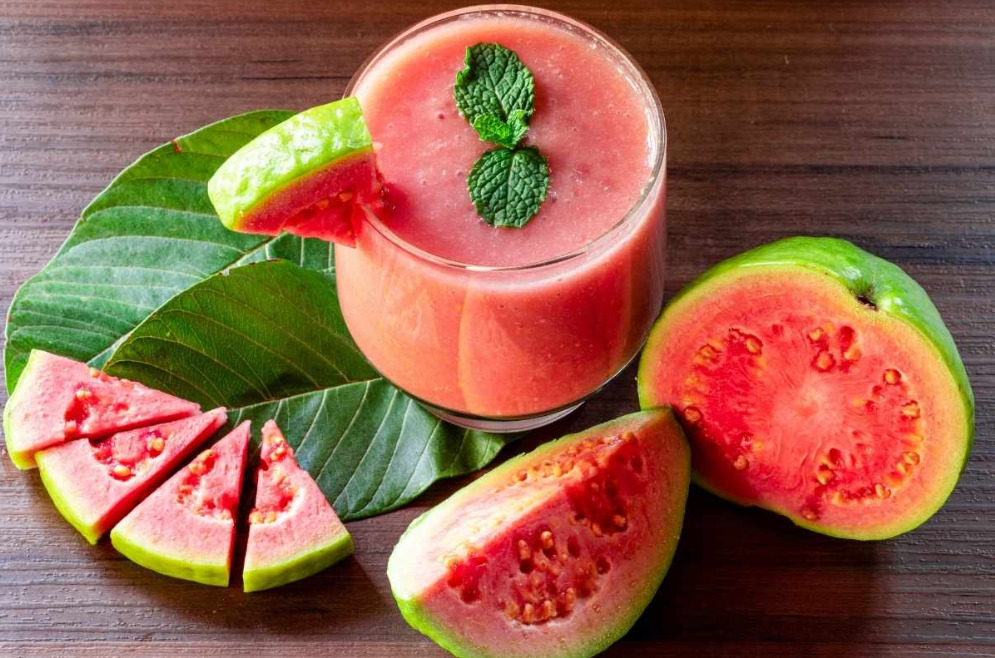Today your favorite grocer’s beverage aisle will look a lot different than what it did a few years ago–the industry is absolutely bursting with new-age sparkling waters and flavored beverages. With the increase in health-conscious consumers, shoppers are looking for beverages that still taste as delicious as their diet coke addiction, minus the artificial ingredients.
Consumers want to feel good about the products they put into their bodies, which is why many major and craft beverage makers are entering the world of seltzers and sparkling waters. You may be interested in entering this mini-verse too, which makes sense given the projected beverage trends for 2022 and beyond. But before you roll up your sleeves and dive in head first, it’s important to understand key differentiating factors between beverage categories so that you can start down the best path for your brand.
This leads us to today’s topic: seltzer vs. sparkling water–what’s the difference anyway?
The Difference Between Seltzer and Sparkling Water
While often interchangeably mixed up in conversation, a few key differences separate seltzers from sparkling waters.
Seltzer
Seltzer is the most basic form of carbonated water because that’s all it is: carbonation added to water. A beverage is no longer considered a seltzer once any additive, flavoring, or alteration is added to carbonated water.
Seltzers are commonly used for mixing in cocktails and other drinks because they exclusively add carbonation and water rather than minerals, sugars, and other additives that can potentially change the flavor of a drink.
Sparkling Water
Sparkling water, on the other hand, is seltzer with natural flavor. The natural flavor added to sparkling water derives from the natural compounds found in fruits.
The term “natural flavor” refers to “the essential oil, oleoresin, essence or extractive, protein hydrolysate, distillate, or any product of roasting, heating or enzymolysis, which contains the flavoring constituents derived from a spice, fruit or fruit juice, vegetable or vegetable juice, edible yeast, herb, bark, bud, root, leaf or similar plant material, meat, seafood, poultry, eggs, dairy products, or fermentation products thereof, whose significant function in food is flavoring rather than nutritional.”
Still Have Unanswered Questions?
Still having a tough time wrapping your head around it? We get it, and we don’t want to leave you with unanswered questions. This article takes a dive into natural flavor in more detail.
Ultimately, natural flavor enables sparkling water to maintain its zero-everything ingredient and nutrition labels while still enhancing the taste. Because of this, sparkling water is blowing up right now. Flavor manufacturers have the ability to develop endless amounts of new and innovative flavors that are unique and stand out from the competition, giving consumers the delicious, zero or low calorie beverages they’re craving.
Popular brands include Spindrift, LaCroix, Waterloo, and Bubly, although there are many other hot competitors on the market right now.
Sparkling Water vs. Carbonated Water
It’s also important to note that while all sparkling waters are considered carbonated water, not all carbonated water is sparkling water. Carbonated water is an umbrella term that encompasses multiple types of bubbly water. Some carbonated water is naturally carbonated, while others, like sparkling water, are infused with carbon dioxide. The carbonation that occurs naturally involves utilizing the naturally occurring minerals found in a spring rather than purifying the water of naturally occurring vitamins and minerals.
Here is a quick rundown of everything that falls under carbonated water:
Seltzer: carbon dioxide + water
Sparkling water: carbon dioxide + water + natural flavor
Tonic water: carbon dioxide + water + quinine
Club soda: carbon dioxide + water + sodium salts and/or potassium salts
Sparkling mineral water: naturally carbonated water from a spring
Flavor Trends
As mentioned early on in this article, consumers are looking for healthy and functional alternatives to the flavors they hold near and dear to their hearts. Here are a few trending beverage flavors in high demand on today’s market:
Yuzu
A lesser-known citrus flavor reigning from East Asia, Yuzu is blowing up on both the culinary and beverage scene right now. Citrus is a bold and refreshing way to add complexity and round out the flavors of a crisp drink.
Hibiscus
Not only is hibiscus a delicious and refreshing fruity botanical flavor, but it also adds a natural and beautiful pink hue to your drink. Most often seen in the tea industry, hibiscus is a large flower native to warmer subtropical and tropical regions around the world that provides a healthy helping of Vitamin C. While traveling has been put on hold for the majority of the past two years, hibiscus is a tasty flavor that brings people to a beachside resort in their minds.
Check out our latest article on trending winter flavors for more recommendations for the current season. If you still have questions and would like to talk to flavor experts, our team is here to help! Are you looking to create a beverage, optimize a flavor, use an off-the-shelf flavor, or create a custom flavor? Find out how we can bring a little sweetness to your project today by getting in touch with our team.



